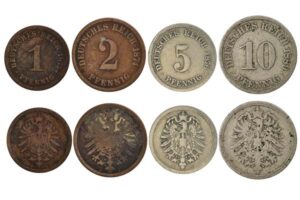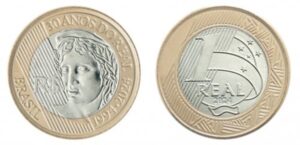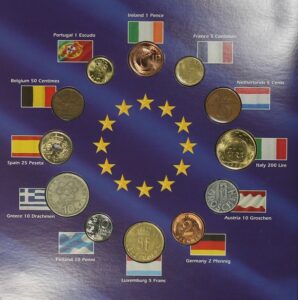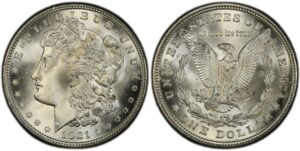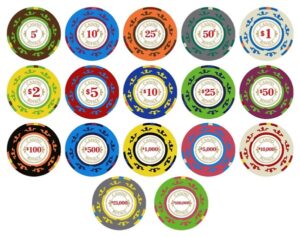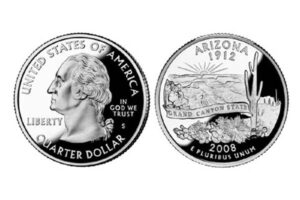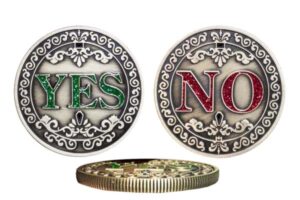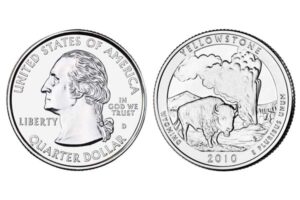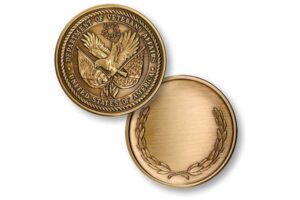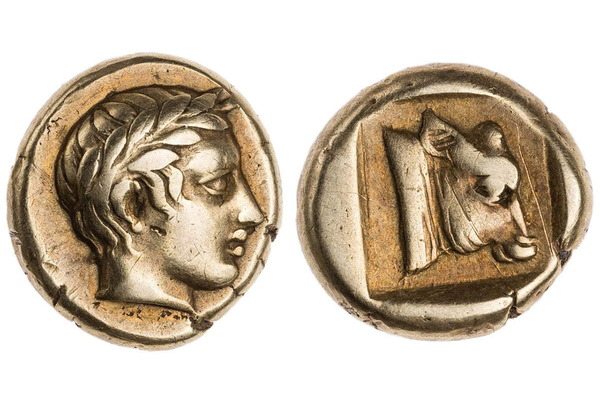
Many collectors wonder if ancient Greek coins1 remain profitable in a changing market. That worry often grows with unpredictable price trends. I see a structured approach as the best solution.
Ancient Greek coins can be lucrative if authenticated and chosen wisely. They carry historic importance that can hold long-term value. Still, careful research and balanced portfolios are vital for consistent returns.
I once felt uncertain about these coins, yet I grew curious after witnessing their unique artistic details. That curiosity led me to examine how rarity, condition, and provenance influence lasting worth.
What is coin Greek?
I see many enthusiasts use “coin Greek” to describe ancient currency from city-states like Athens or Corinth. I enjoy looking at their symbols, which often reveal myths and iconic stories.
Coin Greek refers to currency minted in ancient Greek territories. These pieces show gods, heroes, and distinct city emblems. Each coin highlights local identity and artistry, making them historically significant.
Greek coin origins2
I found that understanding ancient Greek coinage requires examining the cultural context that shaped each city’s minting. I noticed that different city-states used coins to convey power, pride, and piety. Citizens recognized these symbols in daily transactions, linking art and economy.
Political Influence
Some coins reflected alliances between cities. I saw how treaties, wars, and rivalries could change coin designs. If an ally honored a common deity, that figure might appear on both city-states’ coins. This collaboration sometimes boosted trade and fostered unity. But conflicts often led to rapidly changing coin imagery.
Religious Symbols
I learned that Greek coins frequently showcased gods like Athena or Apollo. This wasn’t random. City-states believed divine favor shaped fortunes. So coinage with a deity’s image implied protection for commerce and local well-being. This spiritual connection gave coins a sense of reverence.
| Common Greek Mints | Symbol | Approximate Time of Circulation | Key Identifiers |
|---|---|---|---|
| Athens | Owl of Athena | 5th–4th century BCE | Large-eyed owl, olive branch |
| Corinth | Pegasus and Athena | 5th–3rd century BCE | Winged horse on one side, helmet |
| Syracuse | Arethusa and dolphins | 5th–3rd century BCE | Nymph head, surrounding dolphins |
I observe that each mint struck coins with unique symbols. That range of designs reveals a deep cultural tapestry. Different city-states expressed pride in their mythology, politics, and regional resources.
Artistic Values
Collectors sometimes focus on the artistic techniques used on coin dies. I discovered that ancient Greek engravers3 had remarkable skill. Subtle details in hair strands, facial expressions, or mythical creatures make each coin a miniature masterpiece. In my view, this artistry adds to their desirability.
Practical Application
I also realized these coins didn’t just serve as money; they acted as cultural ambassadors4. Merchants traveling between city-states recognized the artistry. Their acceptance in foreign markets gave Greek coins a wide influence. That wide circulation sometimes led to heavier wear, which affects today’s grading.
What is the Greek coin with Zeus?
I first encountered the famous Tetradrachm featuring Zeus5 when I visited a collector’s exhibit. It intrigued me because of its bold depiction of the king of gods. That interest led me to learn more.
The Greek coin with Zeus is often the Tetradrachm, depicting Zeus on the obverse or reverse. These coins show intricate designs of lightning bolts, eagles, or seated Zeus figures. They carry great numismatic and historical value.
Tetradrachm’s Significance
I discovered that the Tetradrachm was not just a large denomination coin but also a symbol of power and cultural identity. Its creation, circulation, and enduring appeal stem from how it represented Greek society at its peak.
Mythology and Imagery
Zeus, the supreme deity, stands for authority and guardianship. I noticed that coins highlighting him often came from regions wishing to showcase divine endorsement. An image of Zeus might include him seated on a throne, holding a scepter or thunderbolt. That posture conveyed might and legitimacy.
Historic Transactions
Because a Tetradrachm had high value, it sometimes facilitated major trade deals. In many city-states, it helped standardize significant payments like military salaries or foreign trades. Its heavier silver content enhanced trust among merchants. However, authenticity could be an issue, as counterfeiters might exploit the coin’s popularity.
Condition and Rarity
I learned that well-preserved Tetradrachms command premium prices. Over time, many circulated widely and endured physical wear. This wear impacts relief details, which can reduce a coin’s collectible worth. Uncleaned pieces with sharp edges and clear Zeus imagery often become top-tier finds at auctions.
Comparison with Other Greek Coins
I also noticed that the Tetradrachm stands alongside other popular coins, such as the Drachm or Didrachm. Some show Athena, others depict local heroes or mythical creatures. The Tetradrachm’s size made it especially eye-catching. That size also provided a bigger canvas for ornate design elements.
Authenticity Checks
I realized it’s crucial to verify a Tetradrachm’s authenticity. I usually consult reputable dealers or grading companies. Tools like die studies help identify known fakes. Because the coin’s popularity attracts forgers, thorough checks reduce risks for collectors. I often encourage novices to start with less expensive coins before investing in top-tier Tetradrachms.
I found that collecting ancient Greek coins involves more than just identifying gods or city-states. It also intersects with modern concerns like grading, certification, storage, and market demand.
Grading and Certification
I realized official grading adds credibility. Third-party graders use established scales to assess condition. When I acquired my first certified coin, I felt more confident about authenticity. Graded coins often cost more, but that premium reflects trust. Buyers who want long-term stability typically value certified pieces.
Safe Storage
I store my coins in holders that protect them from humidity and scratches. Because ancient coins can be fragile, I avoid direct contact with skin or rough surfaces. Soft containers prevent tarnish or accidental damage. I sometimes seal rare coins in climate-controlled storage, especially if they include delicate patina.
Market Fluctuations
I noticed that demand for certain coins spikes when a new hoard is discovered or when a famous collection hits the auction block. Market hype can drive short-term price surges. Still, I think a long-term perspective better suits these coins, considering historical significance and finite supply.
Personal Motivation
I occasionally question my motivation. Do I collect for pure interest or for potential profit? In truth, I mix both reasons. I study new acquisitions because I enjoy history. I also consider resale value if I decide to adjust my collection. Ancient Greek coins hold stories that resonate with me, and sometimes those stories turn into tangible financial gains.
Cultural and Educational Value
Some museums use replicas to teach ancient history. This approach inspires students who might otherwise find old civilizations detached from modern life. I remember attending workshops where teachers passed around replicas. That tactile experience sparked discussions about trade, war, religion, and empire building.
My recommendation
I occasionally hear from educators and hobbyists who want custom-made coins for demonstrations or private collections. I own a factory in China under the brand name INIMAKER. My name is Joshua White, and my email is info@inimaker.com. I run a B2B wholesale operation with four production lines. We ship our medals, badges, commemorative coins, and challenge coins to the United States, Russia, France, the United Kingdom, and other markets. I often cater to corporate buyers, travel companies, museums, and coin dealers seeking deep customization. I use Alibaba, exhibitions, and independent sites to promote these items. My production techniques support gold or silver plating for realistic teaching tools or personal collections. More details are on www.inimaker.com.
Conclusie
I believe ancient Greek coins combine artistic beauty and historical relevance. Their value can grow with careful research, proper storage, and expert guidance.
-
Explore how ancient Greek coins maintain value over time, offering insights into their historical significance and investment potential. ↩
-
Learn about the origins of Greek coinage and how it mirrored the political alliances, religious beliefs, and cultural identity of ancient city-states. ↩
-
Exploring the techniques of ancient Greek engravers reveals the artistry behind coin dies, offering insights into historical craftsmanship and artistic expression. ↩
-
Investigating the role of Greek coins as cultural ambassadors sheds light on their influence beyond currency, including art, politics, and trade relations. ↩
-
Understanding the Tetradrachm featuring Zeus provides a glimpse into Greek mythology, culture, and the economic systems of ancient city-states. ↩

